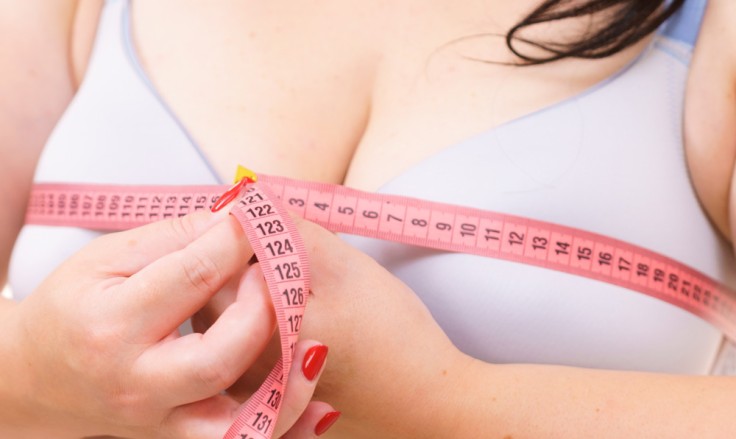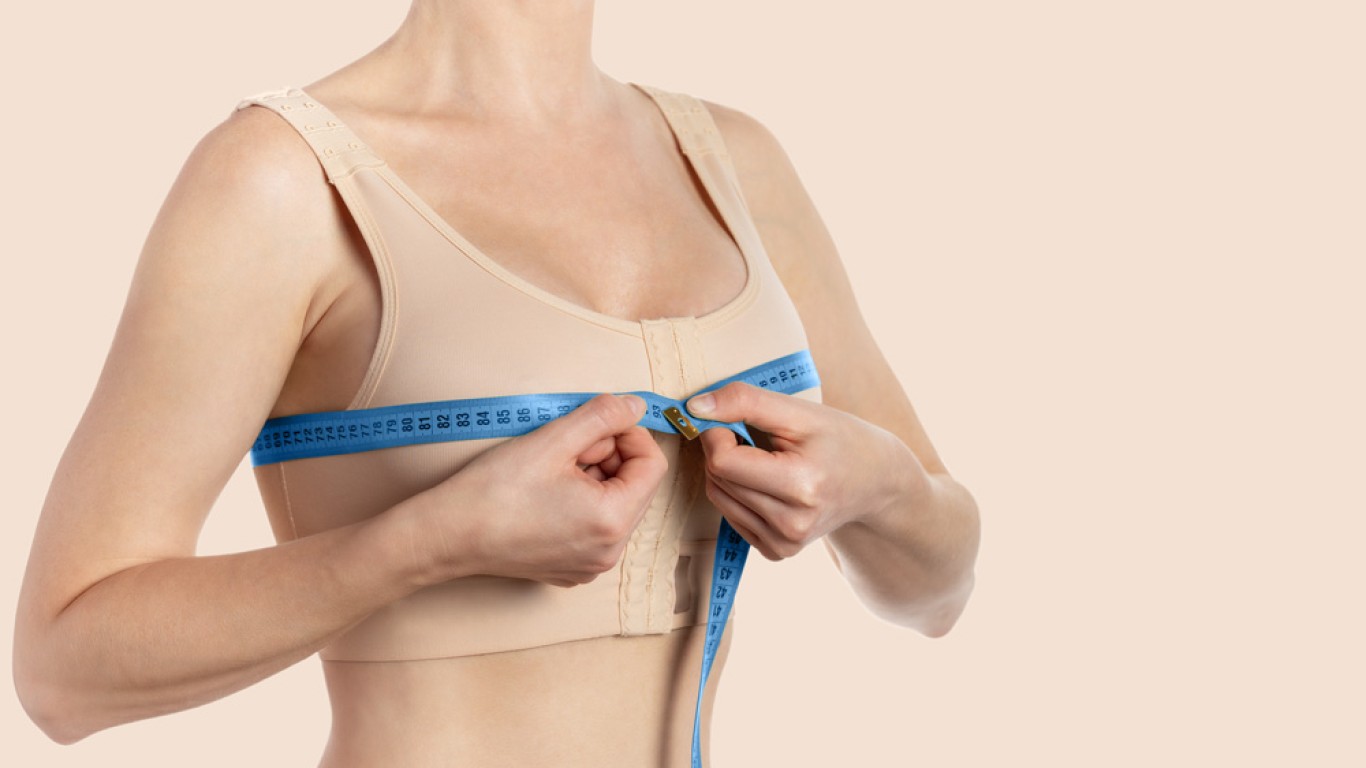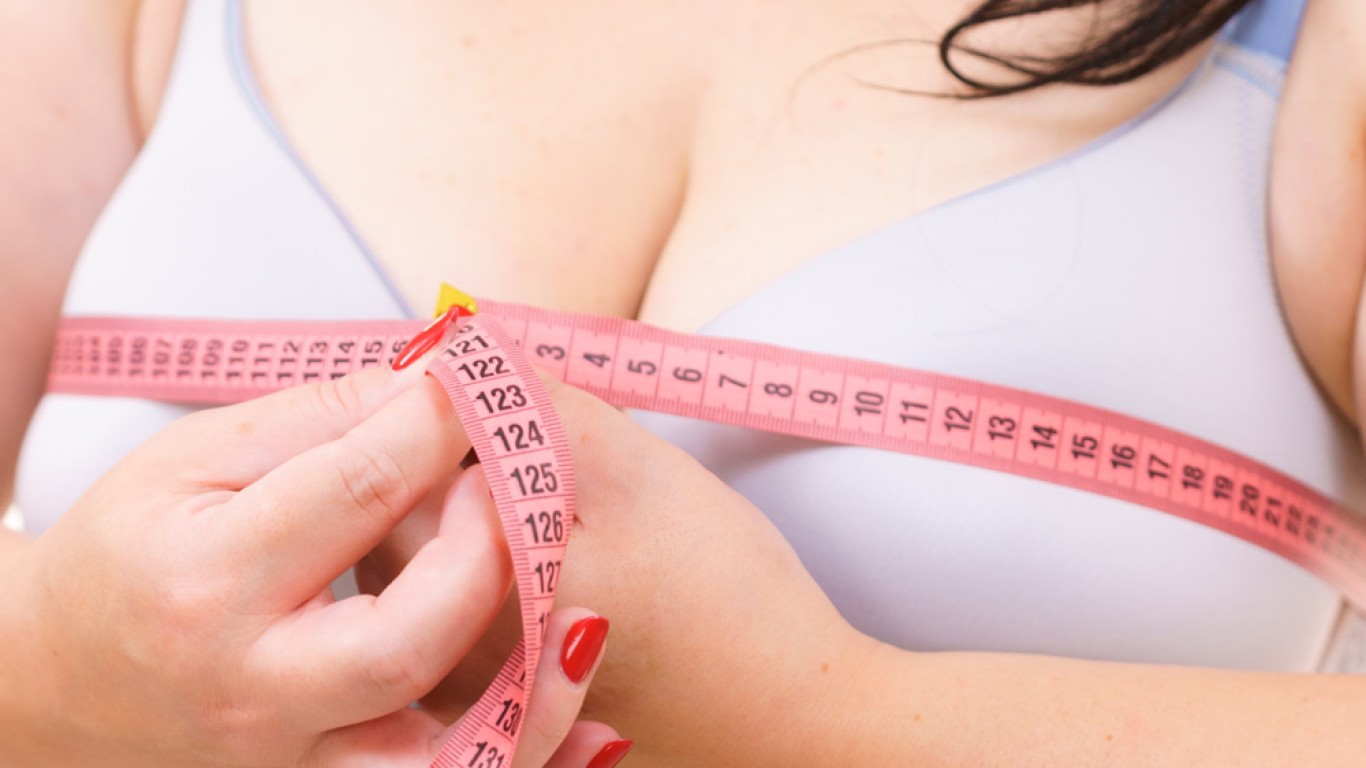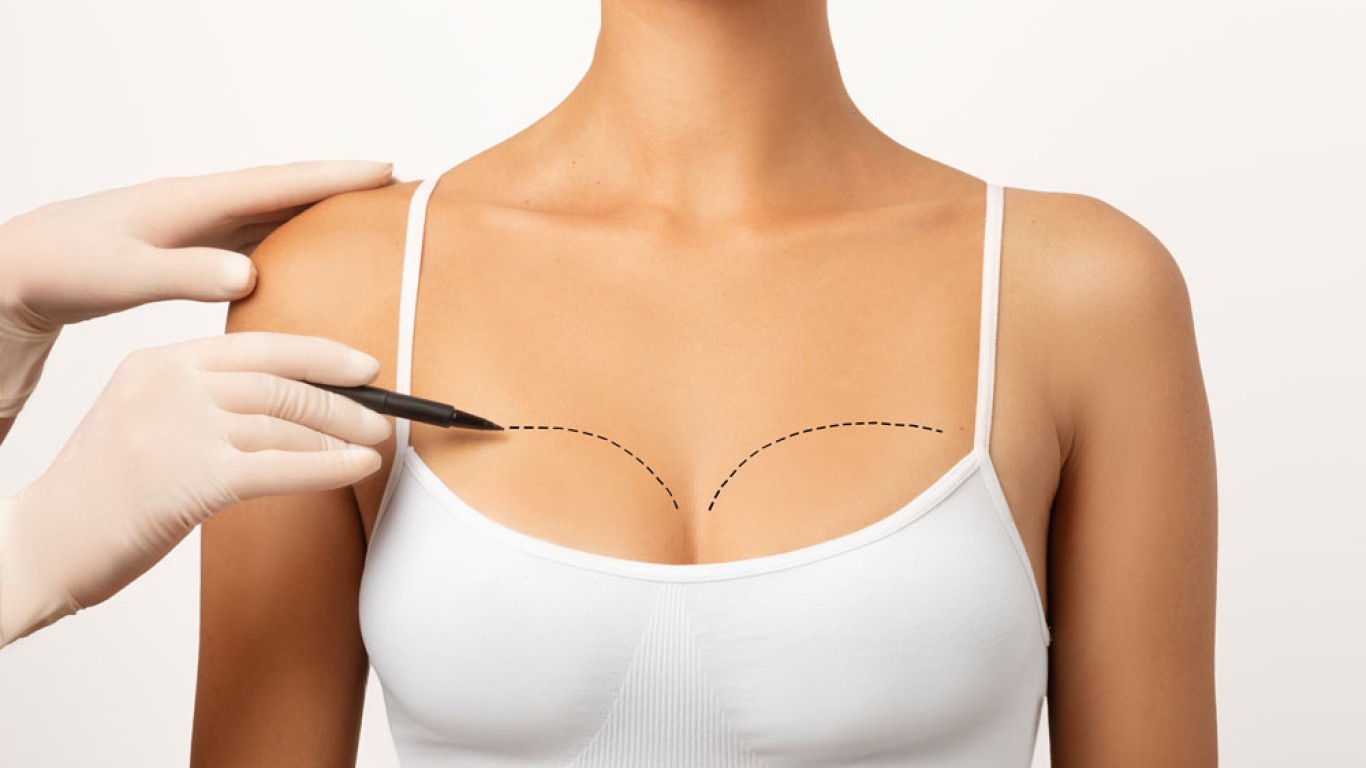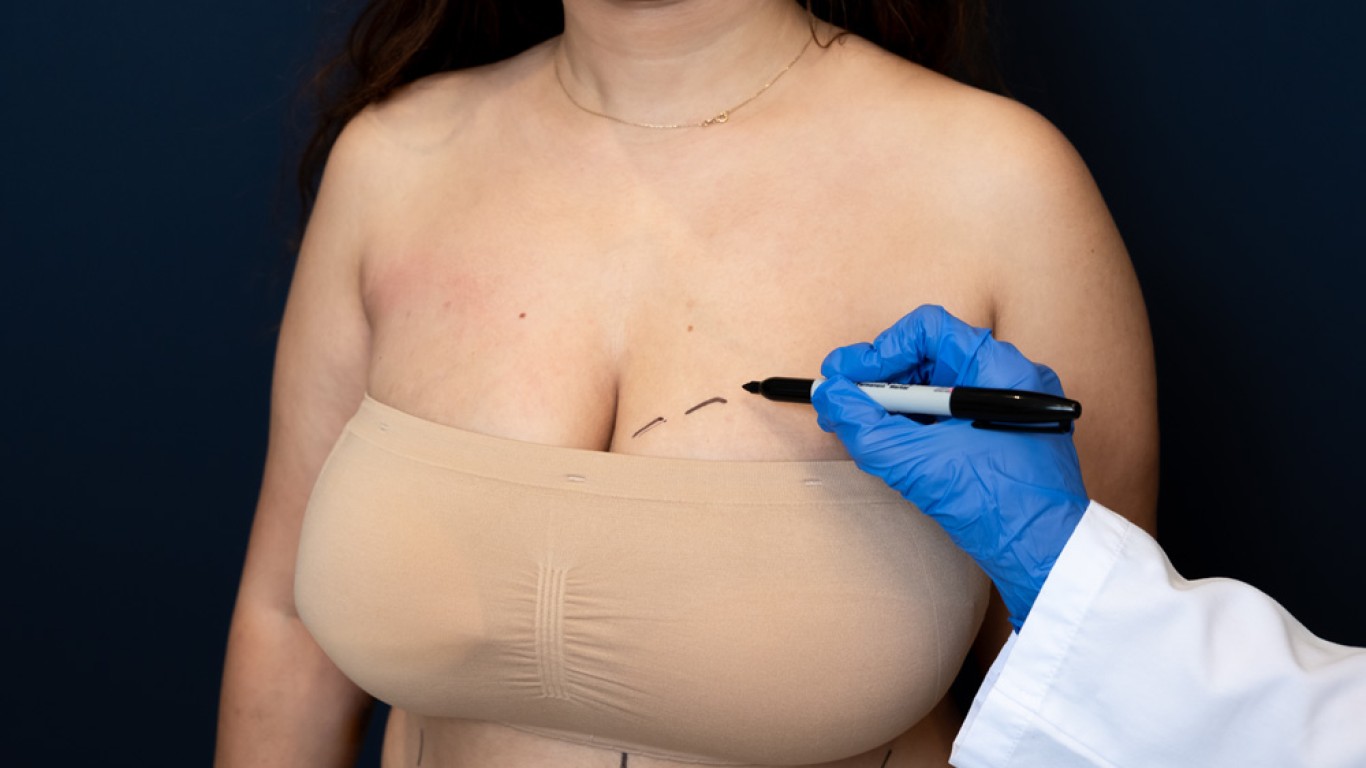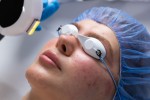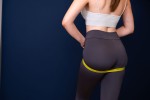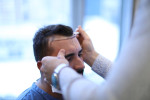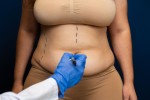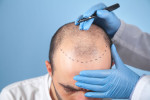Introduction
Breast reduction surgery often brings significant physical and emotional relief. Many women feel more confident and comfortable afterwards. However, one concern that commonly arises is the appearance of breast reduction scars. Although scars are a natural part of healing, knowing how to minimise them can make a major difference in long-term results. This article explores the most effective treatments for fading breast reduction scars. It will help you make informed decisions post-surgery.
What Causes Breast Reduction Scars?
Every surgical incision will leave a scar as the skin heals. Breast reduction involves incisions around the areola, vertically down the breast, and occasionally along the breast crease. These incisions are necessary to remove tissue and reshape the breasts. The body responds by producing collagen, which forms the scar tissue. Over time, scars generally fade, but certain factors can influence how visible they remain.
Silicone Sheets and Gels
Silicone-based products are among the most trusted treatments for scar reduction. Silicone sheets adhere directly to the skin and maintain a moist environment. This helps to flatten and fade scars over time. Silicone gels work similarly and are easier to apply to hard-to-reach areas. These options are widely used and clinically proven to improve scar appearance. They can be started once the incision has healed and the skin is intact.
Massage Therapy for Breast Reduction Scars
Massaging the scar tissue can help soften the area and promote better healing. Gentle, circular motions applied with light pressure encourage blood flow and reduce tissue buildup. Use a fragrance-free moisturiser or oil during massage to hydrate the skin and reduce friction. Massage should begin only after the surgeon confirms the incision has healed sufficiently.
Topical Breast Reduction Scar Creams and Ointments
Many creams contain ingredients like onion extract, vitamin E, or retinoids. These promote skin regeneration and reduce pigmentation. While not all creams deliver dramatic results, they can support other treatments like silicone gels. Choose medical-grade products when possible and apply daily as directed.
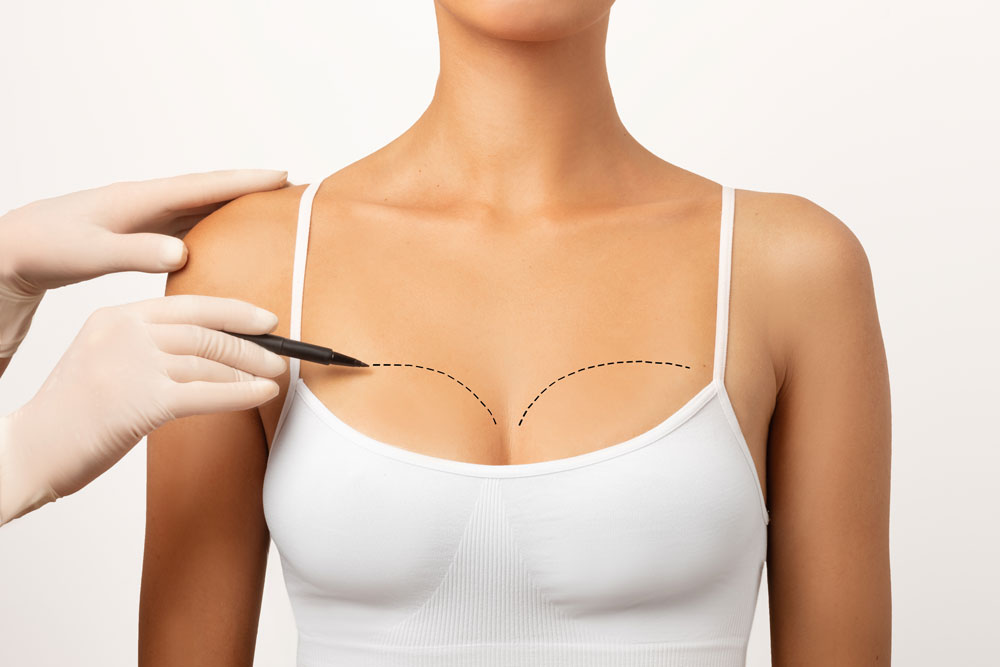
Sun Protection and Breast Reduction Scar Care
Exposure to UV rays can darken scars and make them more noticeable. It's essential to protect healing skin with high SPF sunscreen or cover the area when outside. Use a broad-spectrum sunscreen with at least SPF 30 and reapply often. UV protection is especially crucial during the first year after surgery when scars are still forming.
Laser Therapy and Microneedling
Advanced treatments like laser therapy can be highly effective for fading breast reduction scars. Lasers target pigment and stimulate collagen production, reducing discolouration and smoothing texture. Similarly, microneedling creates tiny punctures in the skin to boost natural healing and collagen renewal. These treatments are performed by professionals and usually require multiple sessions for optimal results.
Natural Remedies Worth Considering
Some natural options may help reduce the appearance of scars when used consistently.
These options typically include:
- Aloe vera: Known for its soothing and moisturising properties.
- Coconut oil: Contains antioxidants and can help soften skin.
- Rosehip oil: Rich in essential fatty acids and vitamins A and C.
Results from these natural remedies vary from patient to patient. However, natural remedies may complement other treatments when used as part of a broader routine.
Timing Is Everything
When it comes to scar treatment and reduction, timing plays a key role. The earlier you begin scar care, the better the potential outcome. Starting within the first few weeks can help prevent scars from becoming raised or pigmented. However, it’s never too late to improve existing scars, especially with professional help.
Professional Evaluation and Custom Plans
You should remember that not all scars respond the same way to treatment. A consultation with a dermatologist or surgeon can help develop a personalised care plan. They’ll assess your skin type, scar maturity, and healing progress. If over-the-counter methods are insufficient, they may recommend medical-grade solutions like steroid injections.
The Importance of a Healthy Lifestyleon Breast Reduction Scars
What you eat and how you care for your body also hugely impacts healing. A nutrient-rich diet supports skin regeneration, while hydration keeps tissue soft and supple. Avoiding smoking and alcohol enhances circulation and immune response. Overall health contributes directly to how well your body heals, including the appearance of scars.
Emotional Perspective and Patience
It's important to remember that scar fading is a gradual process and is not immediate. Results may take several months or even over a year. Celebrate your progress and focus on the broader improvements that breast reduction brings. Confidence, comfort, and freedom of movement are all valuable outcomes. Scars are a reminder of your transformation - with care, they can become barely noticeable.
Conclusion
Fading breast reduction scars requires a mix of consistency, patience, and the right treatments. From silicone products and massage to laser therapy and sun protection, several options can significantly improve scar appearance. For the best outcome, begin your scar care journey early and consult professionals when needed. With time and effort, your scars can fade beautifully, allowing your confidence to shine.
For more information and to book a consultation visit the ACIBADEM Beauty Center breast reduction page.
Frequently Asked Questions
You can usually start once the incisions have fully closed and healed—typically within 2–4 weeks.
Scarring is inevitable, but its visibility varies by skin type, healing response, and treatment routine.
Most laser treatments involve mild discomfort, often compared to a rubber band snap on the skin.
Vitamin E may help, but some people experience irritation. Always patch test first or ask your surgeon.
Scars may take 12–18 months to fully fade. Most patients see noticeable improvement within six months.
